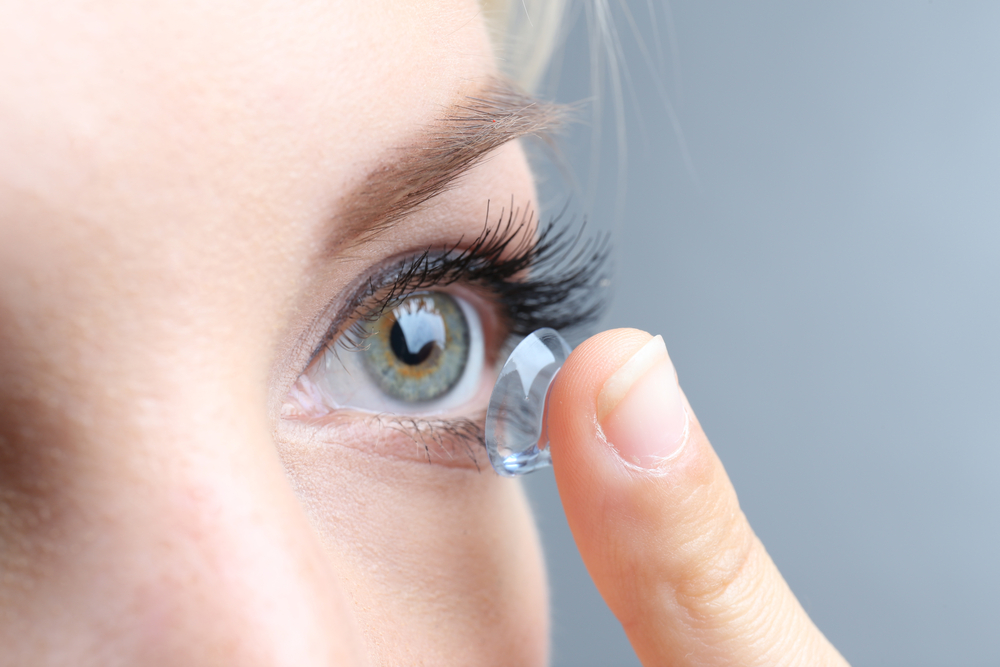Vision Problems in Alport Patient Eased with Rigid Gas-Permeable Contact Lenses

Alport syndrome patients with poor visual acuity may need specific contact lenses, a case study reported.
The study, “Contact Lens Fitting In A Patient With Alport Syndrome And Posterior Polymorphous Corneal Dystrophy: A Case Report,” was published in the journal Arquivos Brasileiros de Oftalmologia by Juliana Rosa and her colleagues from the University of São Paulo, Brazil.
Alport syndrome is mainly characterized by kidney failure, hearing loss, and vision problems due to mutations in the COL4A5 gene. Typical visual abnormalities include anterior lenticonus (the eye lens has an abnormal conical shape), which occurs in 15–25 percent of patients and may be associated with cataracts, dot-and-fleck retinopathy, that occurs in 85 percent of patients, and posterior polymorphous corneal dystrophy (PPCD; progressive visual dysfunction), a rarer condition among Alport patients.
Retinopathy and anterior lenticonus do not usually appear during childhood, but tend to worsen over time so that lesions in the retina are often present at the onset of kidney failure. Also, the identification of abnormally steep corneal curvatures in 37 percent of all individuals with PPCD and in 86 percent of Alport patients with PPCD, are considered to be associated with mutations in the ZEB1 gene, whose corresponding protein plays an important role in the development and function of organ surface cells.
Researchers reported the case of a 33-year-old woman with Alport syndrome, PPCD, and irregular astigmatism (distorted or blurred vision), who had been referred to contact lenses specialists complaining of poor vision. The patient also had chronic kidney failure (she had undergone two kidney transplants), and had cataract surgery in both eyes one year before, due to anterior lenticonus.
After several ophthalmological examinations, doctors prescribed rigid gas permeable contact lenses, which improved her visual function to 0.18 in OD (right eye) and 0.30 in OS (left eye). The prescribed contact lens had the following parameters:
- OD: Spherical, Base Curve 47.25D/Dioptric power: -6.00 D/Diameter: 9.4 mm
- OS: Spherical, Base Curve 47.00D/Dioptric power: -4.00 D/Diameter: 9.4 mm.
“The association with so many corneal dystrophies and ocular abnormalities implies either a similarity in the underlying genetic defect or a tightly-linked network of interacting proteins, with a final common developmental pathway,” the authors concluded. “In this particular case, our patient had Alport Syndrome, PPCD, irregular astigmatism with superior steepening in both eyes; however, her visual acuity was improved with rigid gas permeable (RGP) scleral [contact lenses].”







Leave a comment
Fill in the required fields to post. Your email address will not be published.